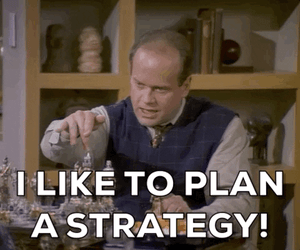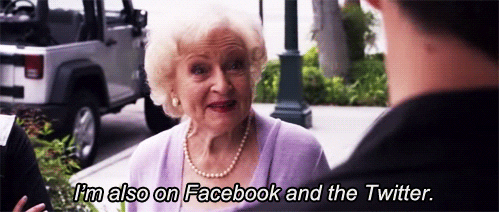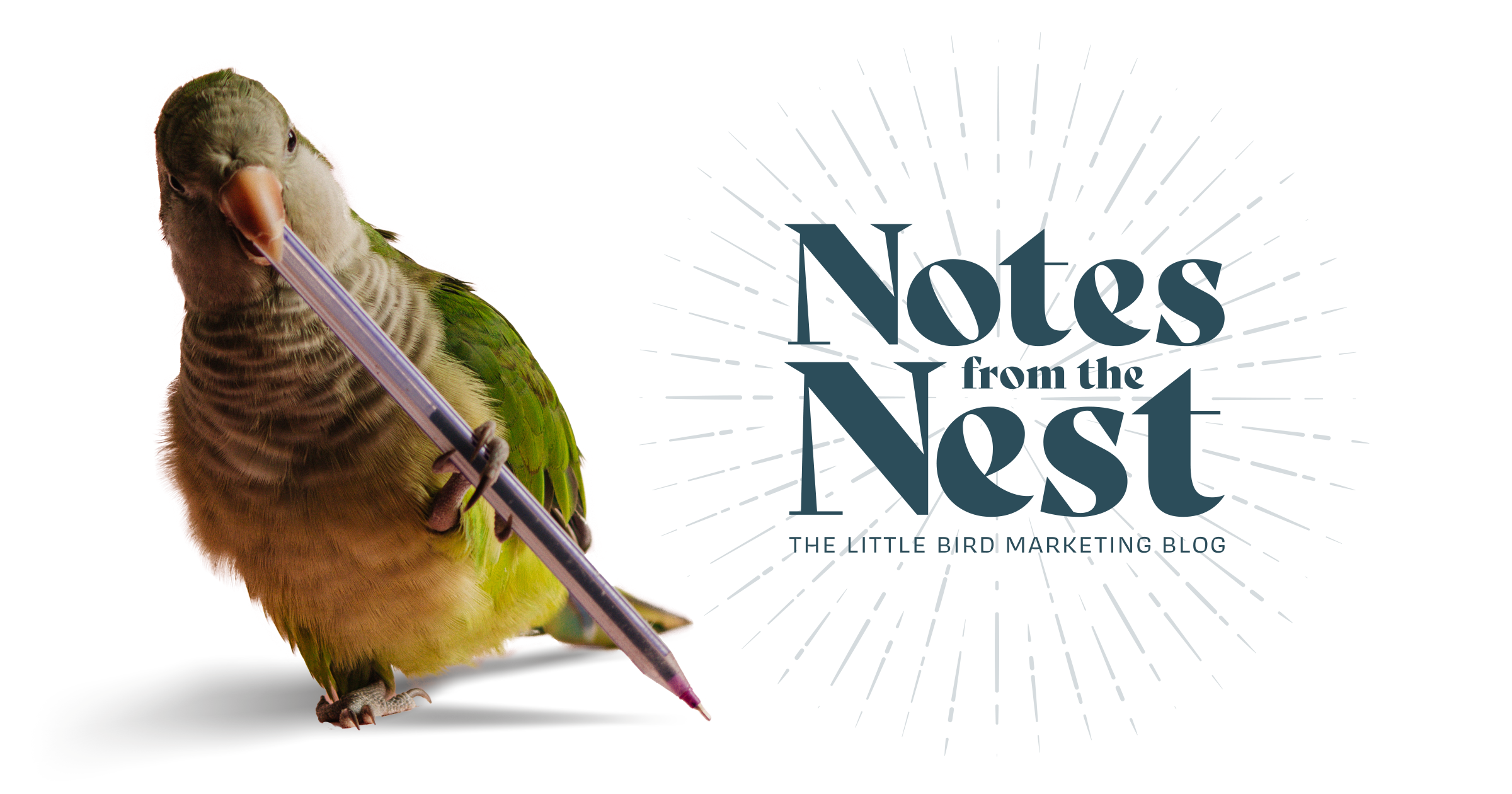Our CEO and "Momma Bird" here at Little Bird Marketing is a veritable fountain of knowledge. She cuts through the crap, steps over jargon and generally gets down to brass tacks about marketing efforts. With the caveat that we would intro this piece as not acting like there are only 4 things you need to do to "hack" marketing, she agreed to share with us 4 great hacks that help clarify marketing strategy.
Q: You are a big believer in systems and processes. As that relates to marketing, what frameworks have you’ve seen be successful?
It depends on what that business is looking to do. Are they looking to become a thought leader? Are they looking to get their exec’s on a stage? What I think is common to find in a successful framework is two things:
- You have to have a system. I see tons of people not calendarizing, not creating an actual plan for the whole year.
- The other thing that anybody can do with just a little time on their hands is to create an ideal client persona. Every marketing effort should be in servitude to that persona.
I will say, the first year, you HAVE to develop a system, and I don’t care if it’s our SOAR™ System or something else, but you need to be able to know what comes first and what comes next.
Q: What exactly is the S.O.A.R.™ System?
We created a proprietary system called SOAR™, which stands for Sustainable, Organized, Accountable, and Repeatable. It’s an inbound marketing strategy that focuses on predictable lead generation for companies. I don’t care how you market or what you want to do, but in the end, does it actually generate leads?
What’s interesting is that many people come to marketing, but they don’t lead with their actual goals. They start leading with what other people are doing — looking at other people’s advertising and feeling the pressure in the market. There is always going to be the next “new” thing that people want to do, but what actually matters is if they started with specific goals in mind. Only then should they begin building a marketing strategy.

In our SOAR™ proprietary program, the first foundational block is strategy. If you don’t know what the strategy is, then you won’t be able to know how to measure and determine if you’ve been successful or not.
Q: How do you see social media play into marketing strategies?
It’s all about coming back and saying, “I don’t want to choose my channel. I want to choose my strategy and then figure out what channel will help me.” Everybody’s strategy is going to be different.
People who can drive meaning from written content into an attractive, quick infographic are going to win on Instagram. Visuals and videos are going to win on other profiles, too, but when it comes to Facebook, it really has to do with “Who is this company?” “Where did they come from?” and “What’s their story?” In general, you shouldn’t invest a lot of effort here. However, there’s always an exception.

With Twitter and LinkedIn, you can get pretty close to a global catch-all for B2B marketing. LinkedIn is the most efficient social channel for lead generation and engaging within your industry. People will go to Twitter for news and current soundbites. So, use the platform to share news, showcase timely happenings and be seen as an industry thought leader on a broader stage. The main difference between LinkedIn and Twitter is that the first is a private network and the latter is a public platform. This means that in terms of Google search, only Twitter is "scrapable" or visible. If that kind of search and ranking matters, then Twitter is your answer.
No matter which platform you choose, effective social media marketing strategies come back to putting brands out there authentically and making the best us of social media platforms by understanding their unique role in the social ecosystem.
Q: Is there an easier way to fill the content gap in my calendar?
It can be hard to keep your content calendar full if you aren’t making the content evergreen. Making the most of your time means writing pieces that will stand the test of time and can be used multiple times on your social channels. Blogs take time, and you may not always have time to write, BUT you have time to speak. In fact, you speak about your expertise nearly every day. Whether in a client pitch, a product demo or a Toastmaster's showcase — record it, transcribe it, touch it up. Tada! You have a wonderful piece of content without staring at a blank screen and wondering where to start.
Do you know what this is?  It is a $1200 voice recorder.
It is a $1200 voice recorder.
Next, people usually ask me, "But how much is too much?" I would not write a blog without putting it on LinkedIn at least four times this year or tweeting it once a month for the next year. With this alone, your calendar will already begin to fill up. Of course, you’ll need to change the content a little bit, write to your ideal client personas, and create different graphics. It’s not hard. It just requires a system.






Let Us Know What You Thought about this Post.
Put your Comment Below.